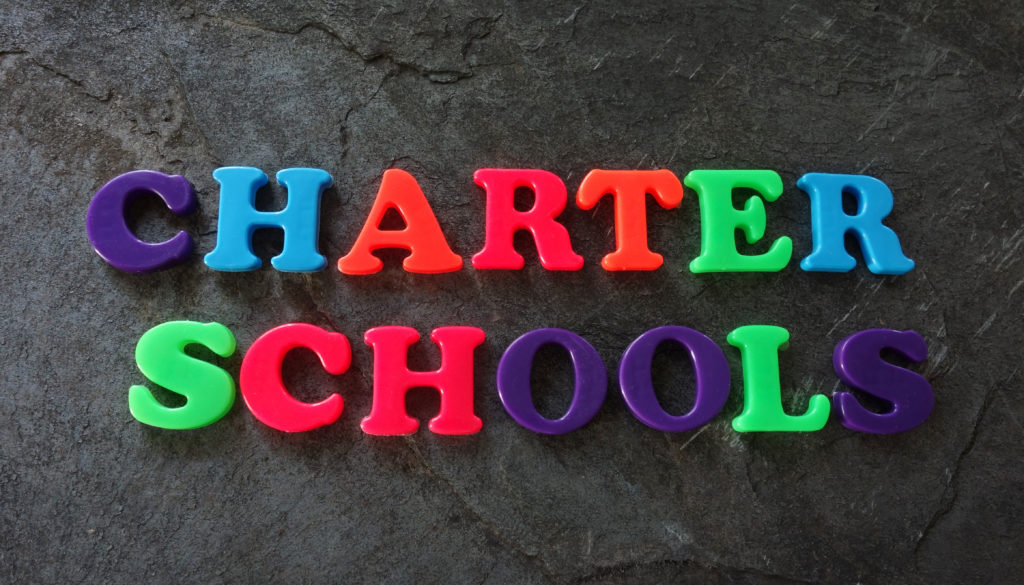Table of Contents
Charter Schools – How They Work
Many people have misunderstandings about charter schools and the way in which they help the community. Parents sometimes avoid putting their children in one of these educational centers because they do not know how they work, while others will opt to place their children there with unreliable expectations about what they can accomplish.
What exactly are charter schools?
Charter schools are public school centers administered by charters. They are supported by taxpayer money, but they run alone of the public-school district. The charters outline the mission of the school, the performances it will use, also the goals it should have, and the students it will help. They will have their own school boards, rather than being responsible to the city’s school boards.
The charters outline the mission of the school, the performances it will use, also the goals it should have, and the students it will help. They will have their own school boards, rather than being responsible to the city’s school boards.
Moreover, there are many variations between the two kinds of educational systems. A public school is administered by the school district, which makes resolutions for all the educational centers under it.
What exactly are charter schools?
On the other hand, charter schools have more freedom, because they have their own private board controlling what they do.
This means they can make their own choices about which teachers and staff members to hire, what curriculum to use, and even which food services to give. This allows them to tailor their teaching and educational systems to the needs of the students they are serving.
While they are independent, these educational centers are not without responsibility. Each state will also have its own liability standards applied to a school of this type. Often, the responsibility is quite severe, which contributes to the excellent reputation of this type of educational structure. The students are forced to perform well because they must perform well to pass the state’s testing rules.
Moreover, What makes this educational structure frustrating for parents is the fact that they are still sending their child to a public school that supports through tax dollars, even if the educational structure is quite complex. These are charitable organizations supported by tax dollars based on the number of students in the school.
Each school gets funding on a per-pupil basis, and parents do not pay tuition for this type of education. Some are selective in the students they admit, while others offer open admission to any interested family. Each state has various laws that govern the selectiveness allowed for these school settings.
Anyone can start a school that wants to do so. Often this will be a team of scholars, a group of concerned parents, or even an association in the community that has an interest in education. Universities can also begin them. Each state has its own laws about how they must be set up, but all need charters that outline the mission, performance standards, and school programs the academy will use.
What is so special about charter schools?
Some choose to put their children in one because of the difficulties they see in their local public school.
Others will find that they coincide with the plans and goals described in the charters, making this a more appealing educational option for their children. Regardless of the reason, for many, charters offer an option to the traditional public school for students who are not having their educational requirements met in a conventional setting.

Are Charter Schools Non-Profit?
Many of the well-known charter school networks, like KIPP and Success Academy, are run by non-profit charter administration organizations, or CMOs. Some states also permit for-profit companies, usually called education management organizations—or EMOs—to operate charter schools.
The profit status of a charter school :
Although the schools themselves are not-for-profit, they may agree with a for-profit company to achieve some or much of the school. This could involve hiring teachers, providing school facilities, promoting curricula, and setting school policies.
How Are Charter Schools Funded?
Charters get state and local money based on the number of students they recruit, as well as money from the federal government to give special education services.
just like traditional district schools. The federal government also gives awards to expand charter schools. Most states do not designate funds for charter school facilities.
Charter schools—like district and private schools—can also raise extra funds through private donations. Some of the country’s richest people have also invested massively in the charter movement both within their home states and nationwide,
It includes the heirs of Sam Walton, the founder of Walmart, and Don and Doris Fischer, the founders of the Gap, Bill and Melinda Gates, Eli and Edythe, etc.
Pros and Cons of Charter Schools
With their relative freedom, charter schools promote to encourage school and classroom modifications and to provide parents with more public-school choices.
With more educational opportunities, schools struggle to attract and retain students which also affects all schools to improve, school choice advocates say. Innovative school models are a different draw for parents and students.
Charters usually make alternative curricular plans or emphasize fields of study, such as the arts or technology.
A growing number of practical or cyber charter schools have also examined the idea that a school must be a physical, brick-and-mortar building.
Among the other common criticisms of charter schools?
Those who defend them also understand that they divert vital resources from cash-strapped school districts, they educate proportionately fewer students with disadvantages, they cherry-pick students, they rely on penal discipline practices, and they are more racially than their traditional public school counterparts.




